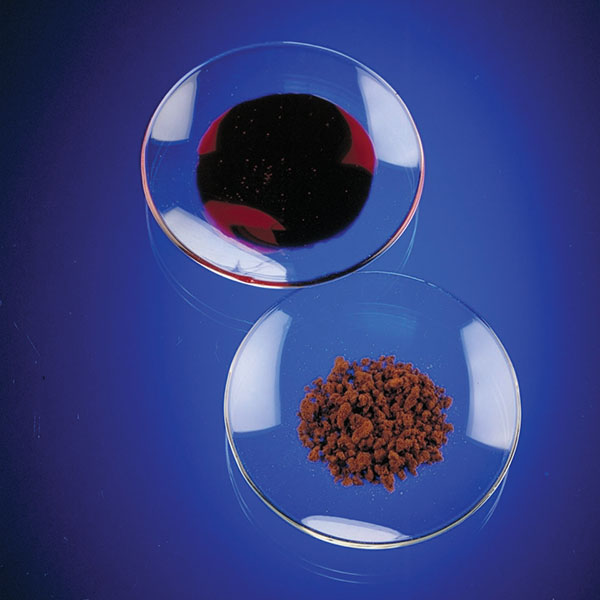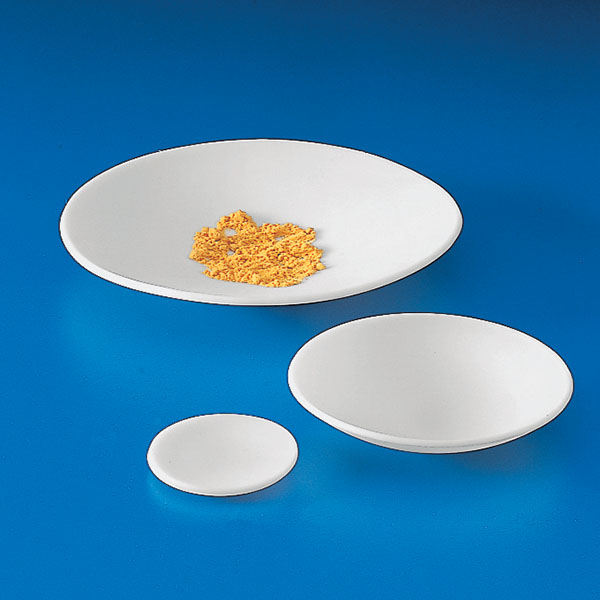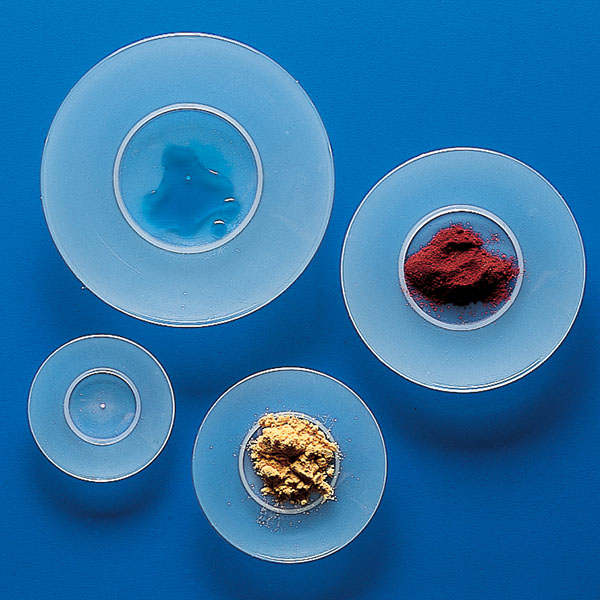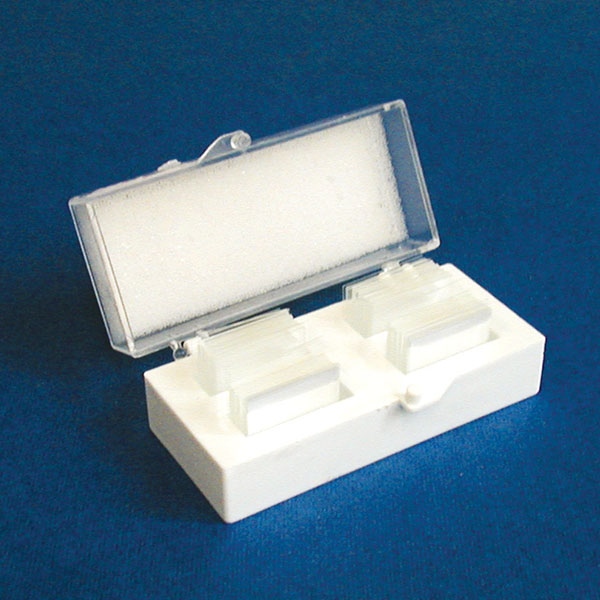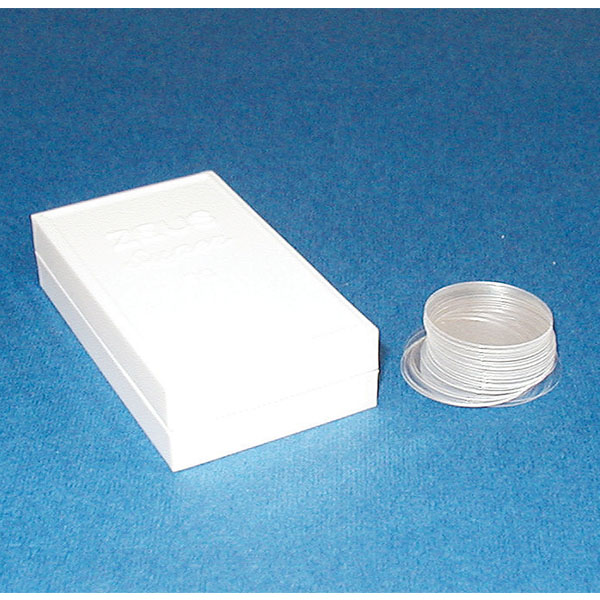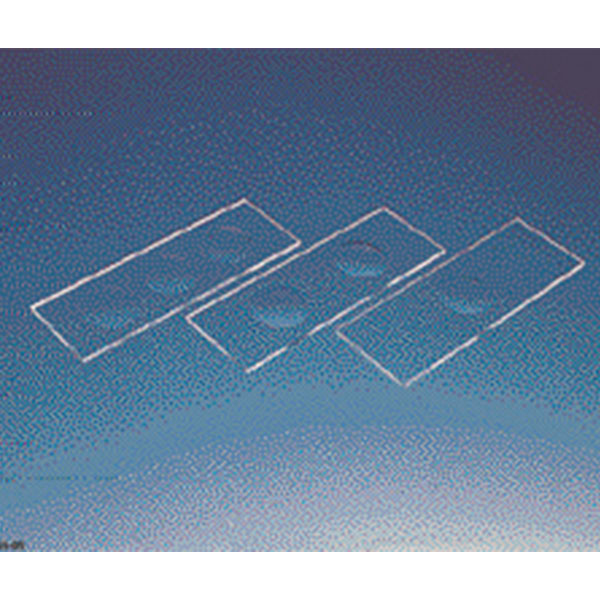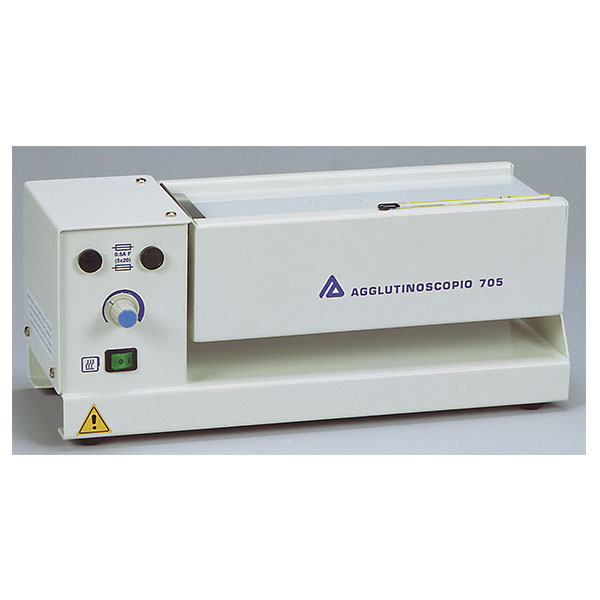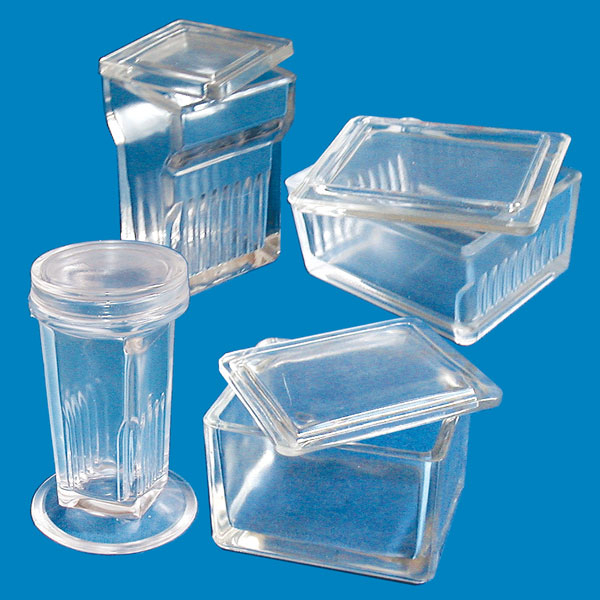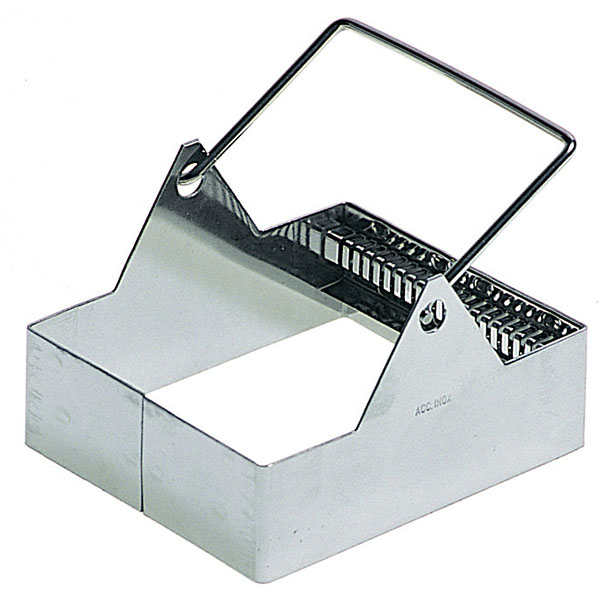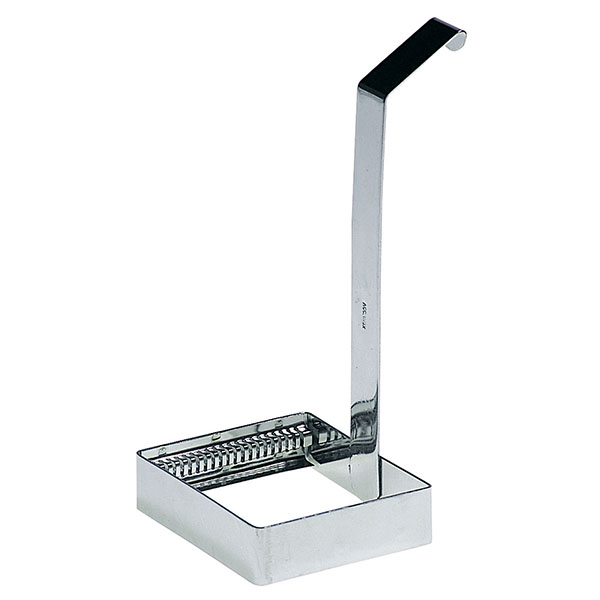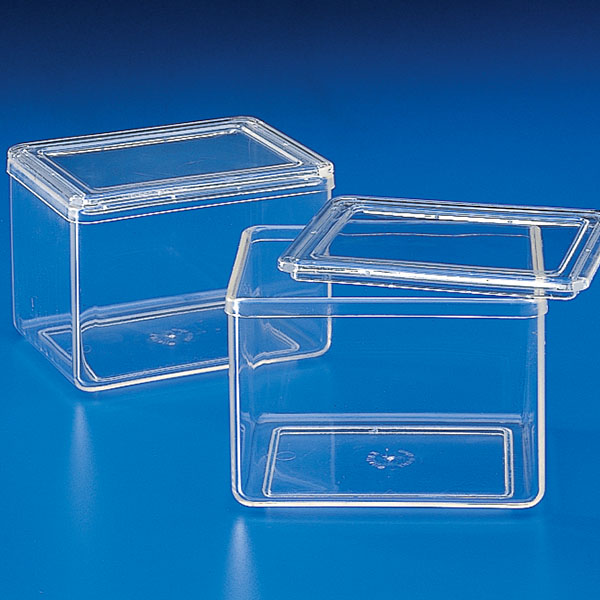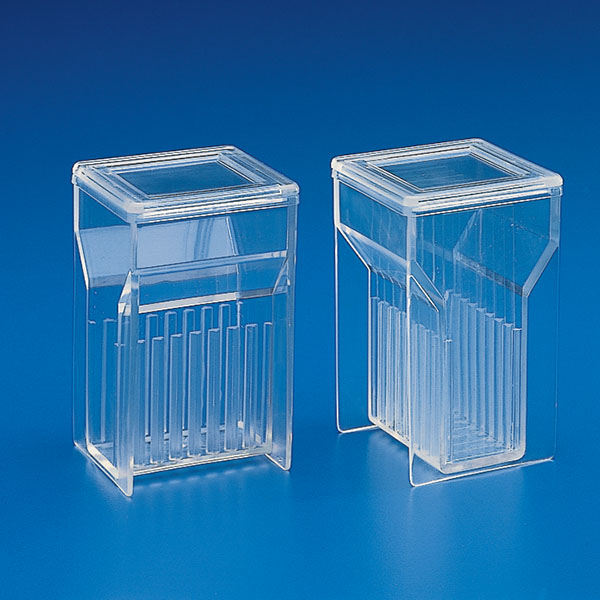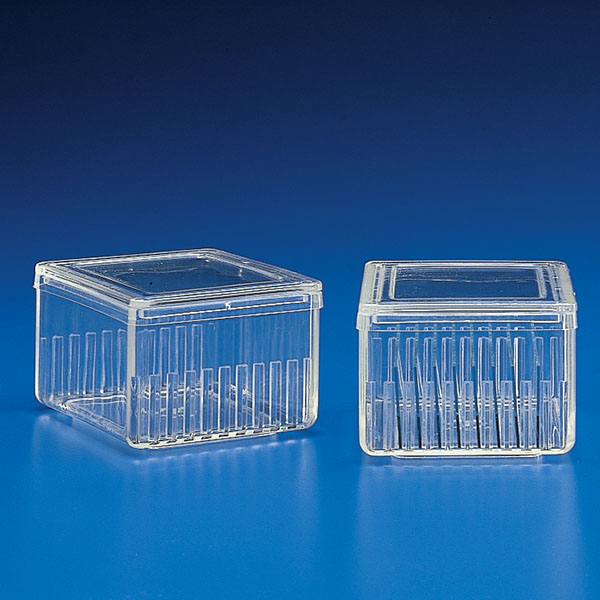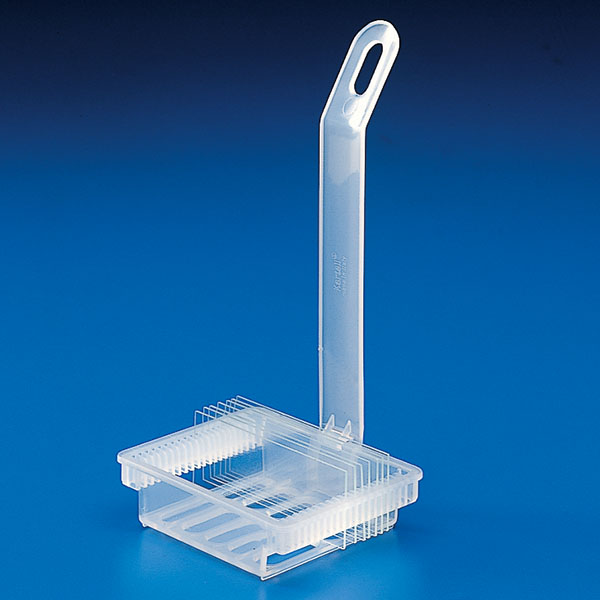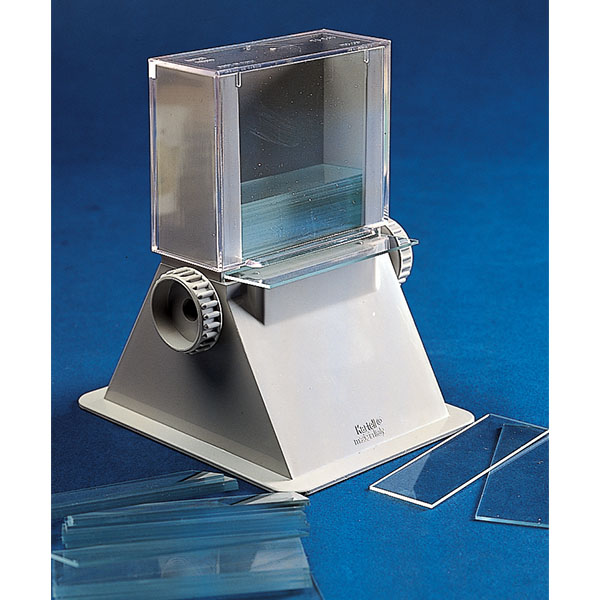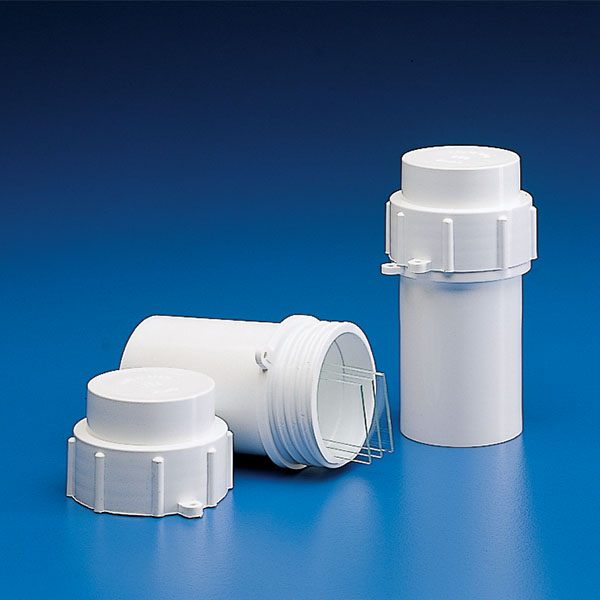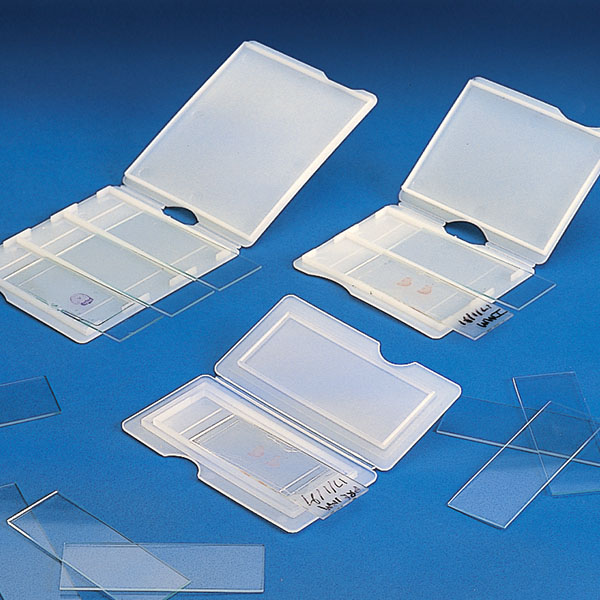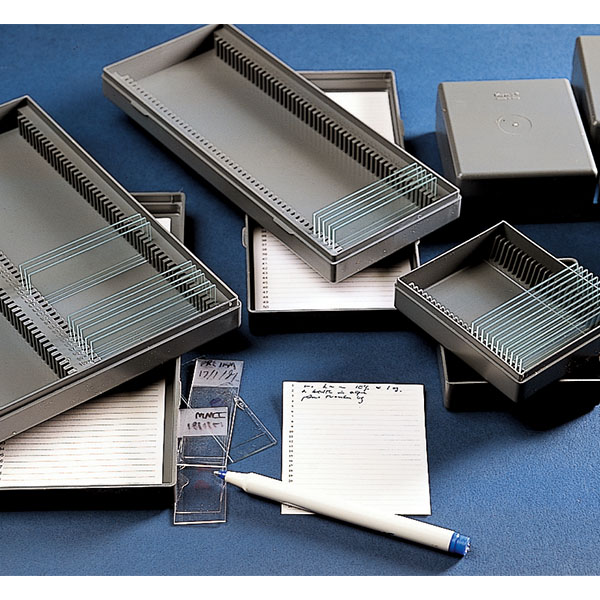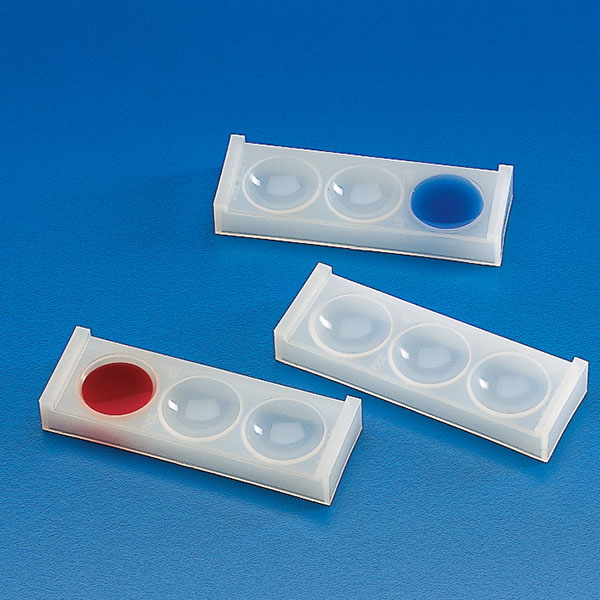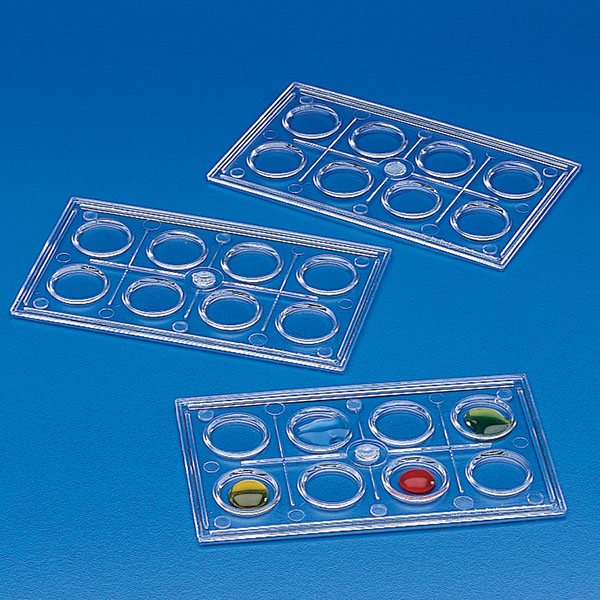Watch slides have this name because they resemble the glass that once covered pocket watches. They actually have nothing to do with watchmaking.
.
In chemistry, biology and analytical laboratories, these glasses are placed on top of a container - glass or cylinder - to observe the process of evaporation or other experiments such as decomposition.
They are also very convenient for observing reactions or containing small quantities of liquid for observation.
What slides look like
Clocking slides are discs of particularly pure, concave glass capable of holding substances. The edges are ground to allow handling without the risk of injury.
They usually range in size from 4/5 cm up to 15 cm, but larger ones can also be found if necessary.
Characteristics of slides
For the requirements they have to fulfil, the slides must be particularly resistant to chemicals. In addition, as they are often subjected to heating, they must resist temperature changes.
For better cleaning and to protect against possible contamination, it is advisable that the surface be perfectly smooth.
Object slides and coverslips
.
Other types of slides are also used in the laboratory.
So-called "object slides", as the name clearly implies, are of standard size on which the substance to be observed is placed.
The typical use is to place the slide under the microscope lens to observe the reaction of a substance to a reagent.
To avoid contaminating the surroundings, a small coverglass is superimposed on the object slide. This is always made of glass and is small in thickness.
Slide holders
.
The combination of slide holder and coverslip protects the substance and allows it to be collected in special containers for further processing.
There are different types of containers, made of glass, plastic and steel. The choice of container is made according to the treatment to which the slides are to be subjected, which may simply be transport or immersion in some reagent substance.
This is why baskets and slide trays are also available on the market with handles or drawer or cabinet trays for storage.
Colorimetric cells
To complete the catalogue, plastic or porcelain trays for colourimetric analysis are also on sale. This type of analysis can provide reliable data at low cost.
This is due to the principle that each substance reacts differently to electromagnetic radiation. The test is carried out at certain wavelengths.



